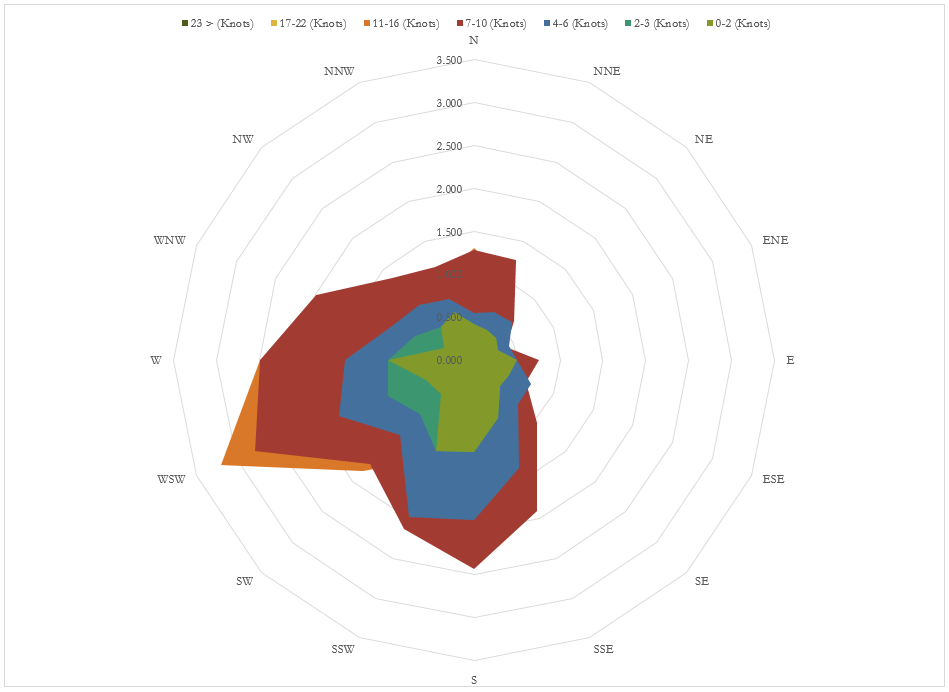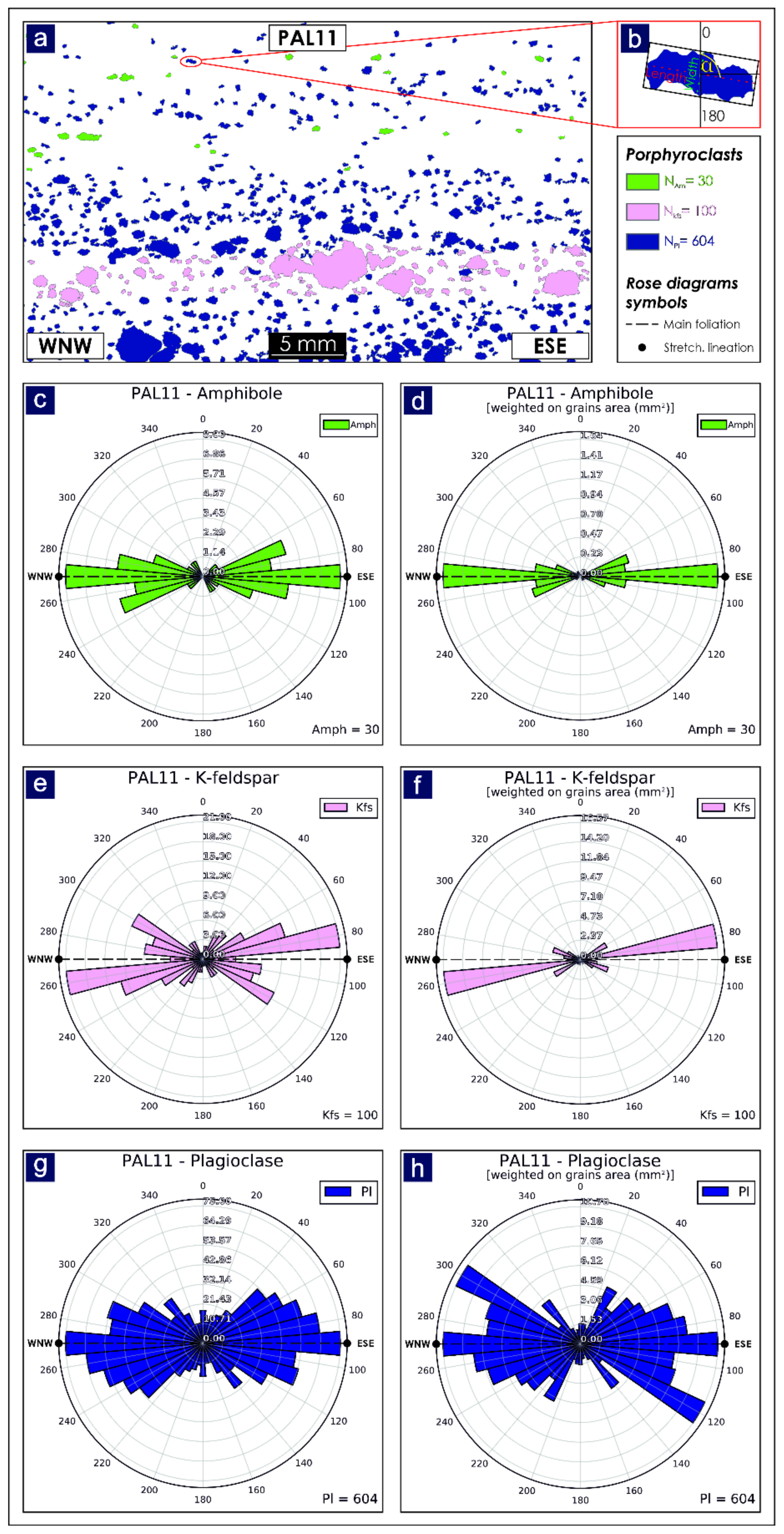

Vector quantities are those that have both magnitude and direction. The advantage of this is that if the errors are normally distributed (a "bell curve") then there is a 95% chance that the true age will lie between these limits. Note in this case the error is expressed as "2-sigma", meaning that it is double the standard error of the mean. For example, an age might be given as 419 +/- 2 Ma (2σ). The estimated age is derived from the mean of those measurements and the error is then expressed as a standard error of the mean. Often, that error is assessed by taking repeated measurements during an experiment to see how much they vary.

Most geochronologic ages come with an associated error, resulting from the random nature of the radioactive decay of atoms, and the uncertainties of counting those atoms in a mass spectrometer. For example "the Silurian Period lasted only ~25 Myr, from ~444 Ma to ~419 Ma.) Note also that if you write about a time interval in the past, you should not use Ma. (Note that you don't need to say "ago" if you write "Ma". Typically ages are expressed in units of "meg-annum" or Ma, which means "millions of years before present". Geochronologic ages are one of the most common scalar data types in tectonics. Mathematical operations applicable to scalar quantities are things like addition, subtraction, multiplication, and division. Grain-size, geologic age, density, are all examples of scalar quantities. Scalar quantities are those that can be represented by a single number expressing the magnitude of something (sometimes with an associated error). A common example is the grain-size scale used for describing sedimentary rocks. Sometimes, for speed or convenience, we use a qualitative scale for something that's actually quantitative.

Things like colour, rock classifications, the identifications of single minerals or fossil species are examples of qualitative data collected in geologic mapping. Qualitative data can be expressed in words. How much stress is acting on the San Andreas fault?.How much shortening occurred in the Rocky Mountain foothills?ĭynamics is about force, stress and energy.Kinematicsĭistinguish geometry from kinematics - which is about how things have moved and changed shape. In many petroleum exploration projects, geometry is all-important we need to find a dome or other closed structure in which oil or gas may have been trapped. Geometrical observations include things like: Geometry is concerned with the shapes and orientations of structures at the present-day. Levels of interpretationĭata may be interpreted in 3 fundamentally different ways in structural geology.

For this reason it's worthwhile to consider the types of data that are available, and the different ways of doing structural analysis. However, it's important to know what the computer is doing. We employ computers to handle large amounts of data and do calculations in a fraction of the time that a human would take. In structural research projects it's common to work with large data sets. In earlier courses you have typically used small data sets - descriptions of rocks, strike-and-dip measurements of small numbers of surfaces, observations of single crystals in thin section. Structural geologists use many types of data. Types of data and interpretation in structural geology Some of the equations (written in MathML) in these pages may not display correctly in some browsers if you see strings of miscellaneous characters, try switching to a different browser. Material on this page is copyright © 2020 John W.F.


 0 kommentar(er)
0 kommentar(er)
